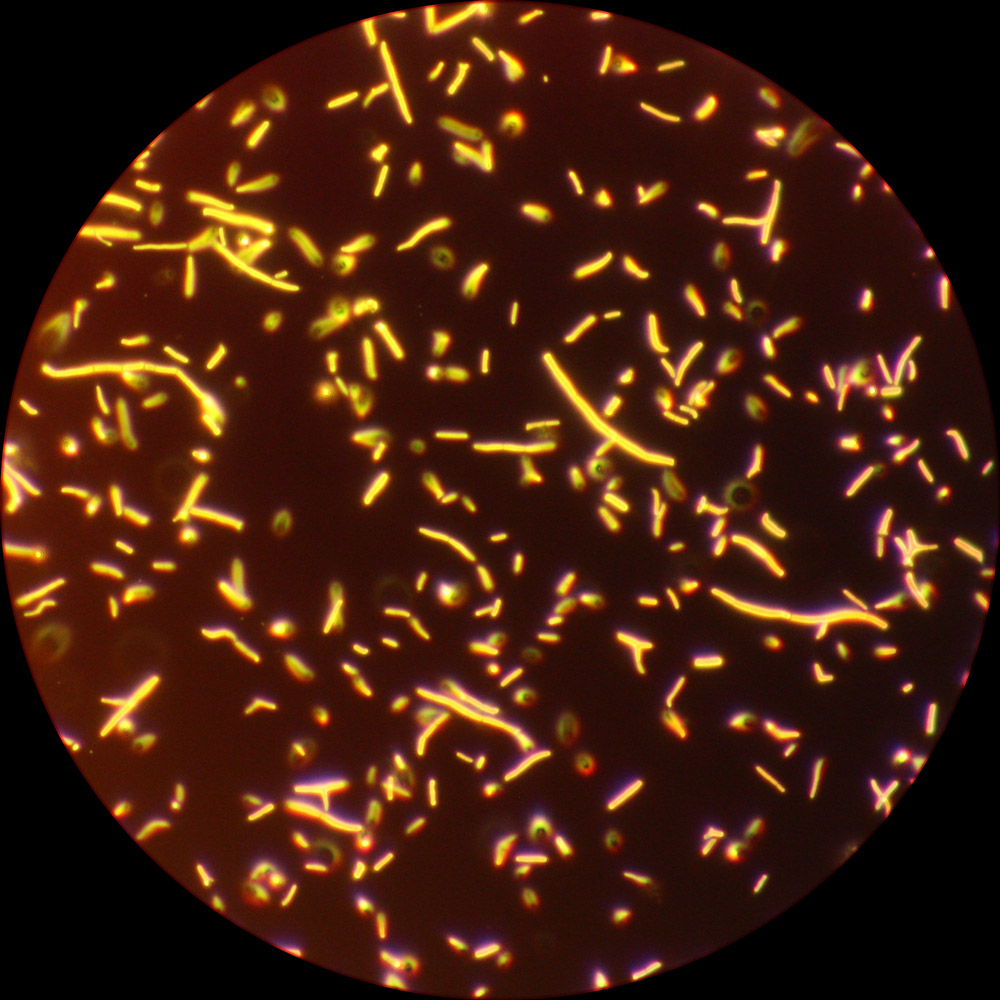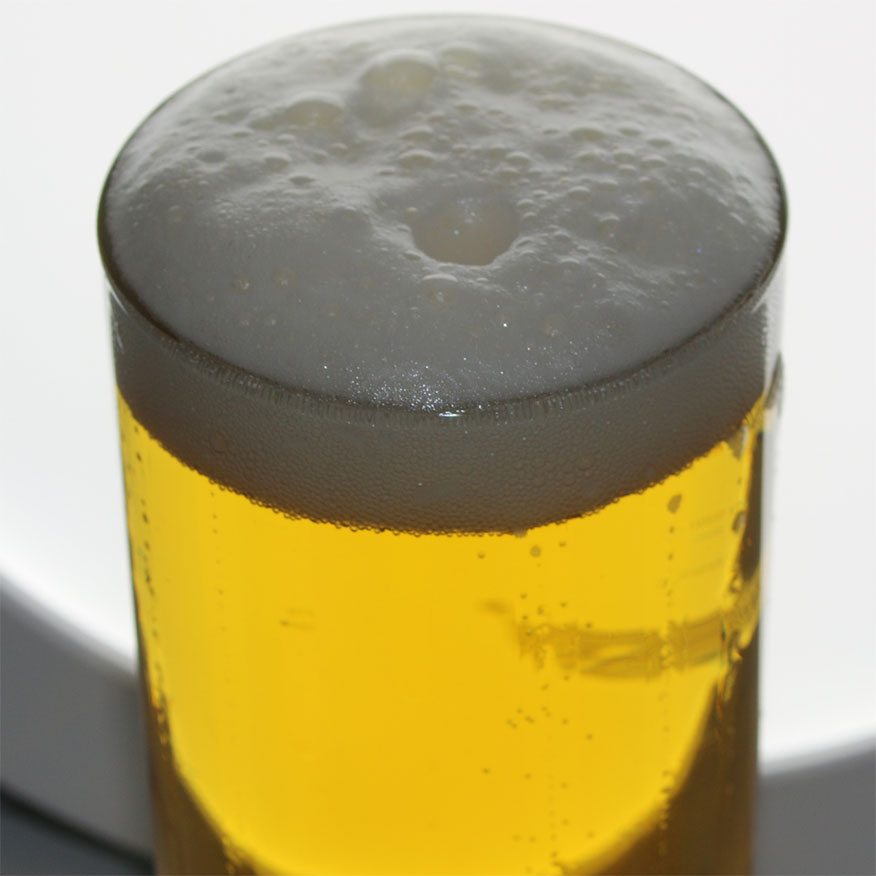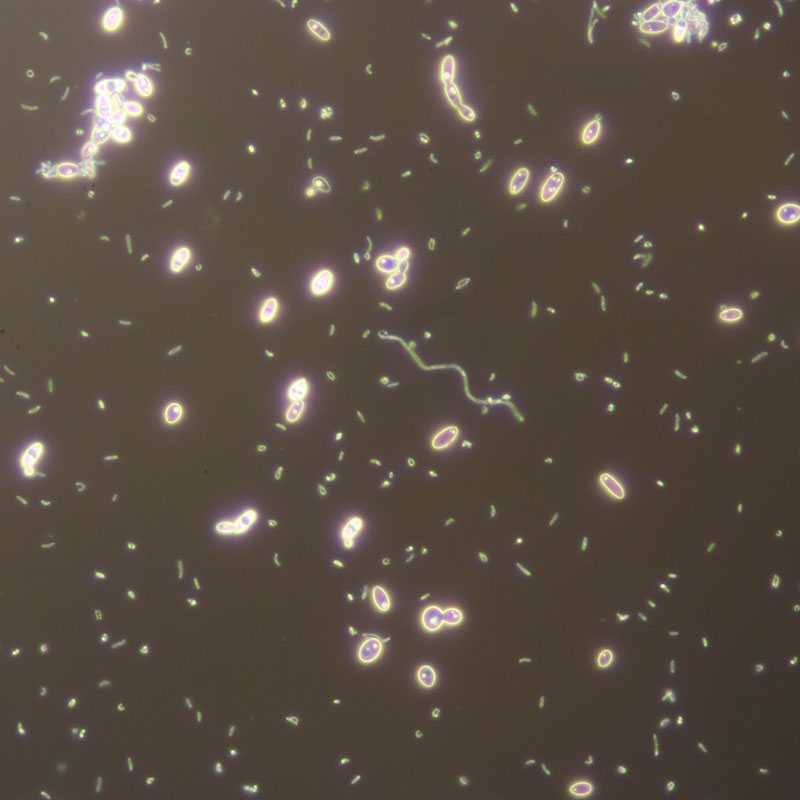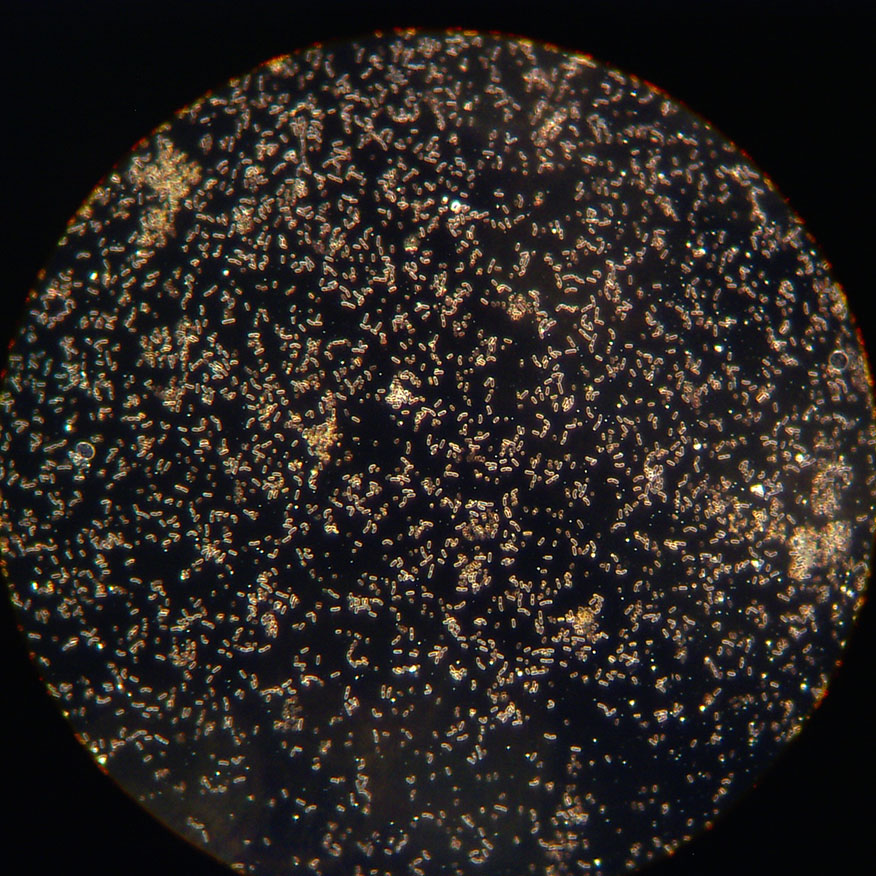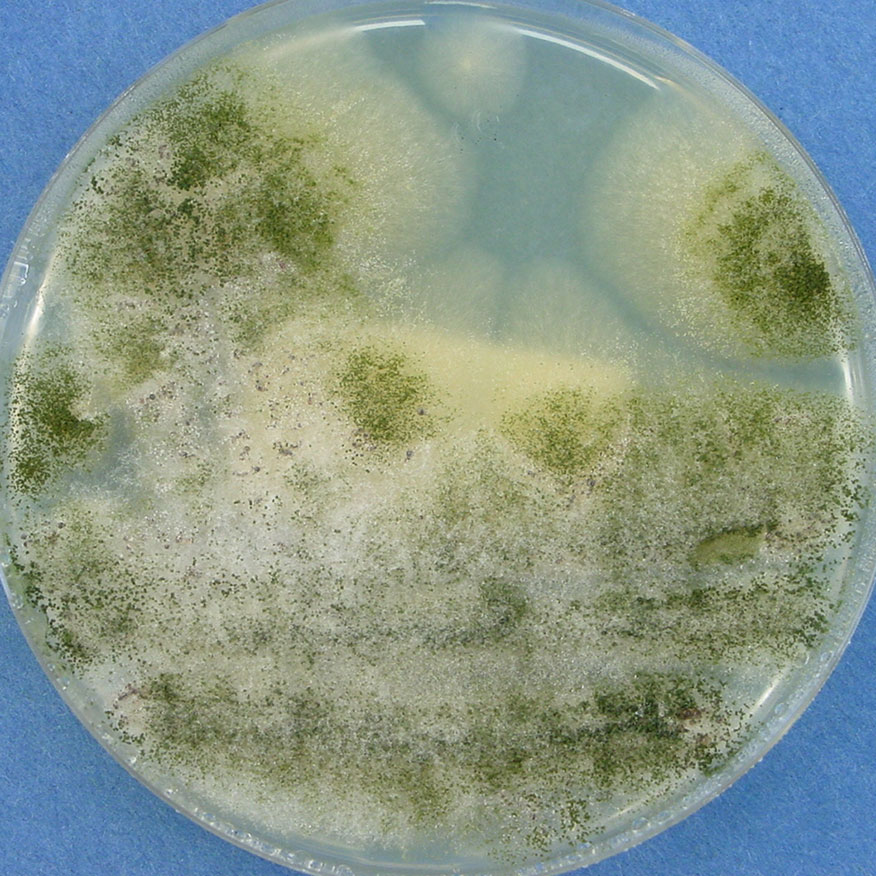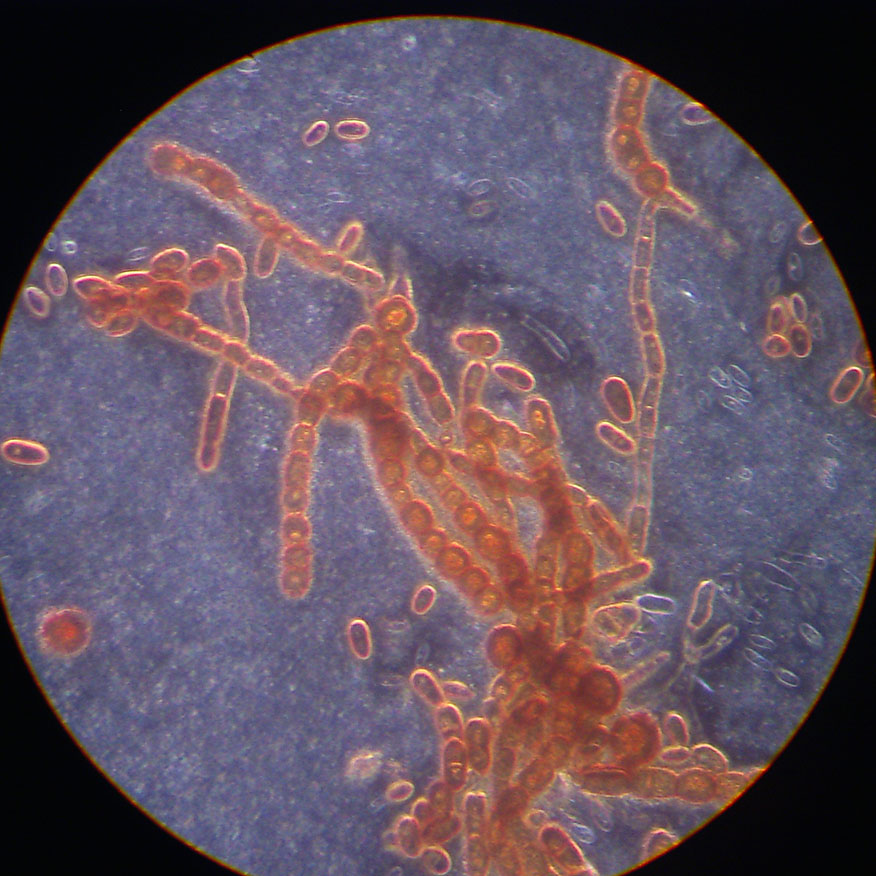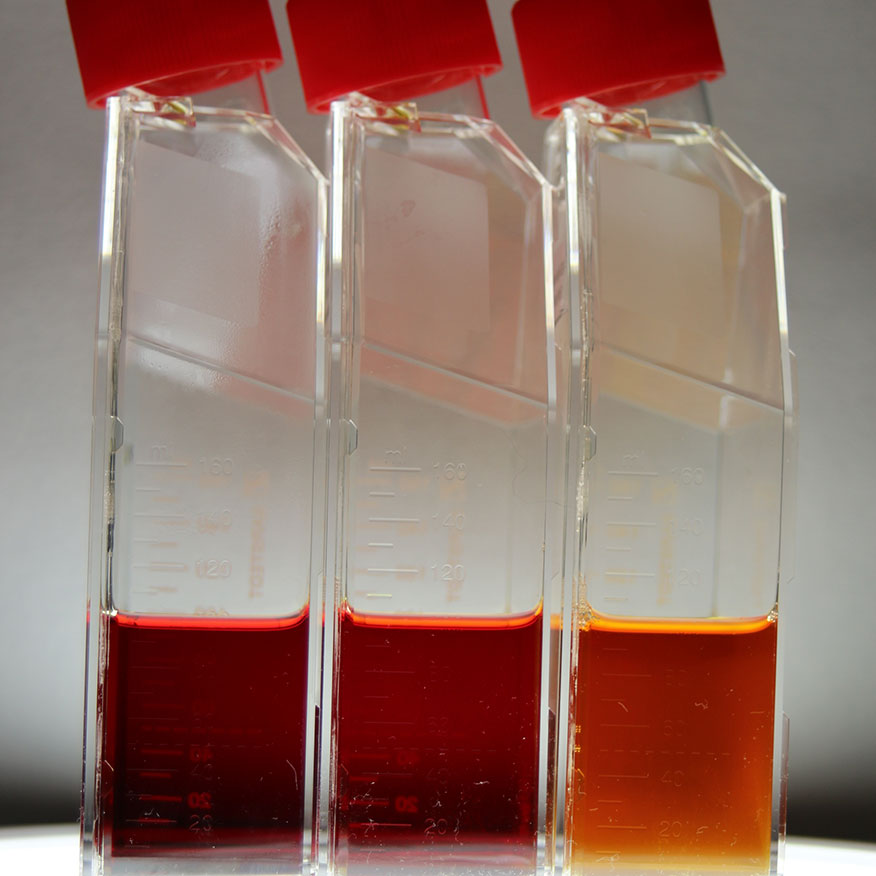Anaerobic beer spoilers only became an issue since the technology of beer production was improved in concern of avoiding entry of oxygen into the production process.
The first anaerobic beer spoiling Pectinatus strains were isolated in 1978, Megasphaera was the first time detected in beer and described as a new species in 1986. Both are responsible for bad smell and extreme off-flavor in beer. They are usually detected in finished products or other liquid samples, most often in low or non-alcohol beers.


